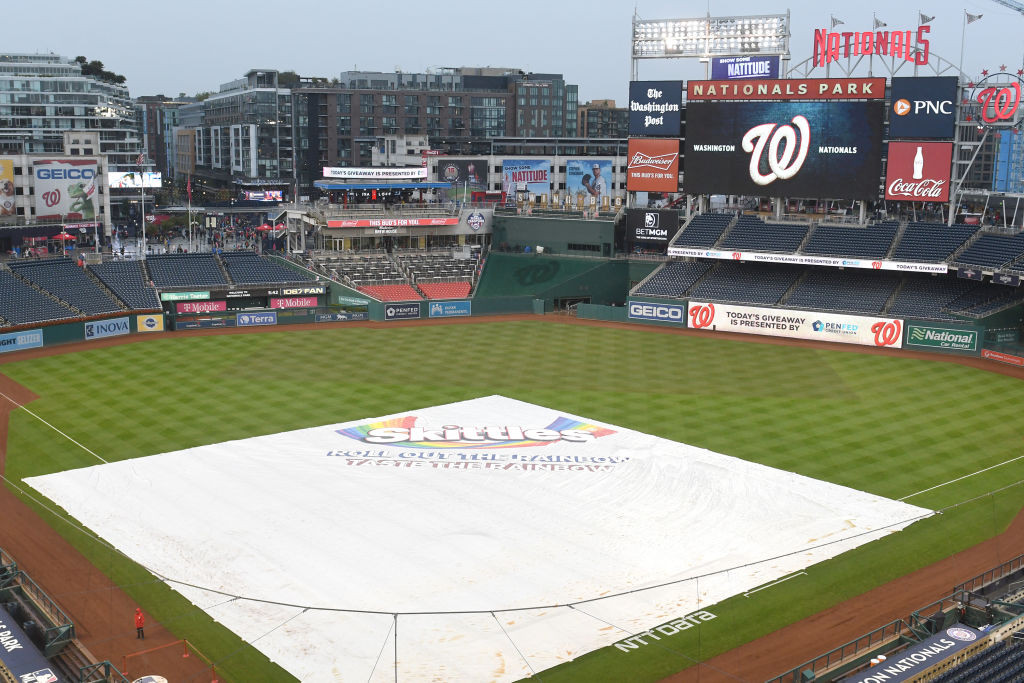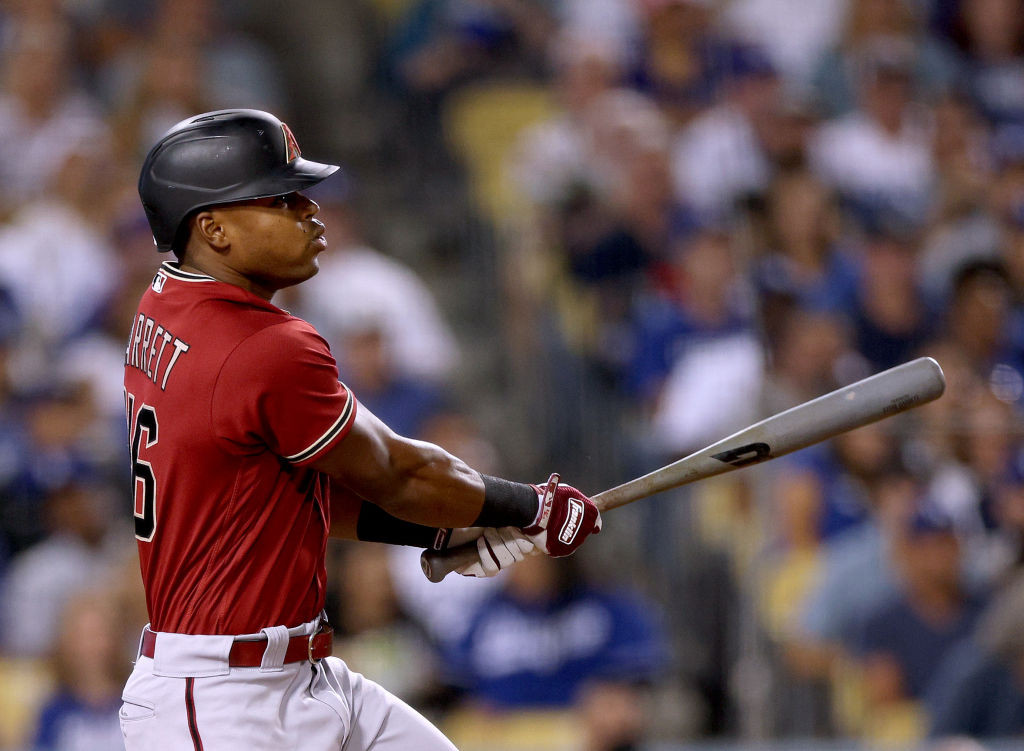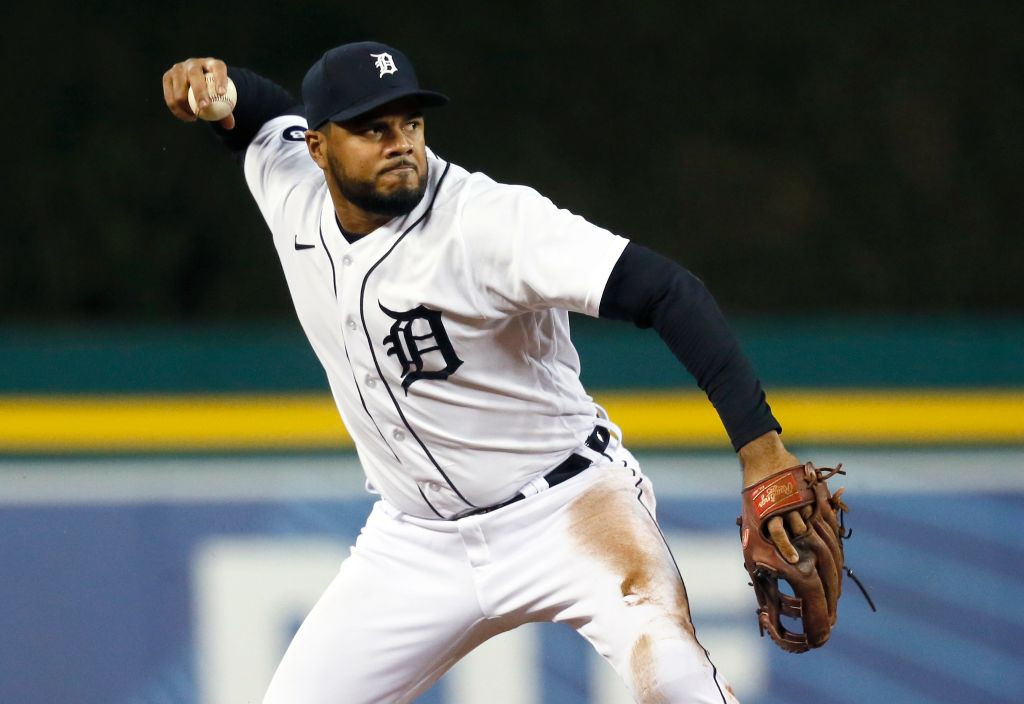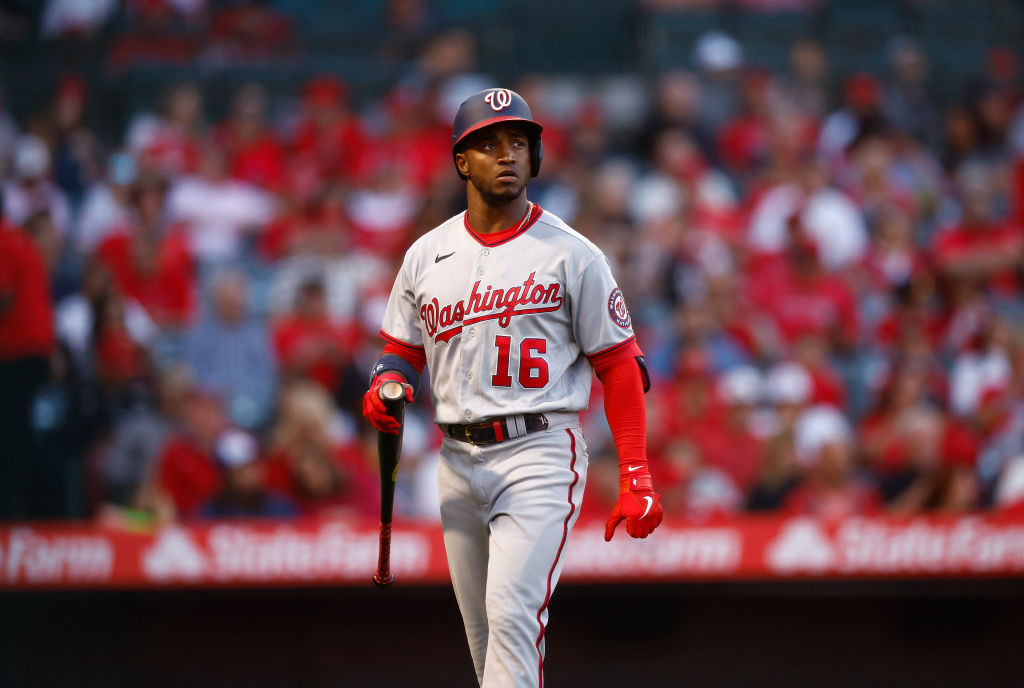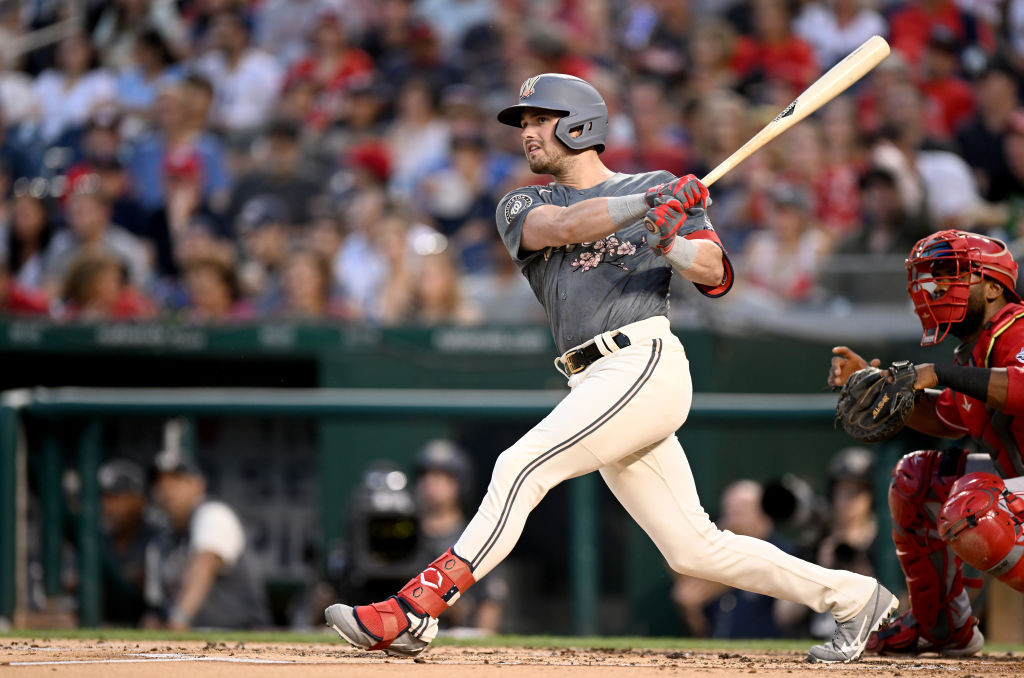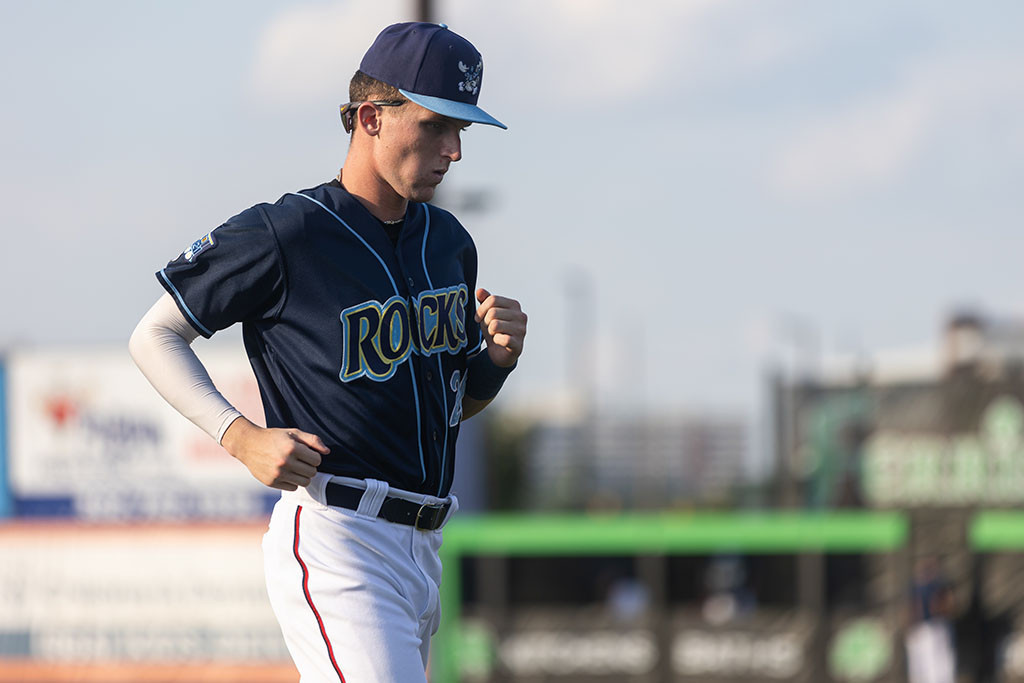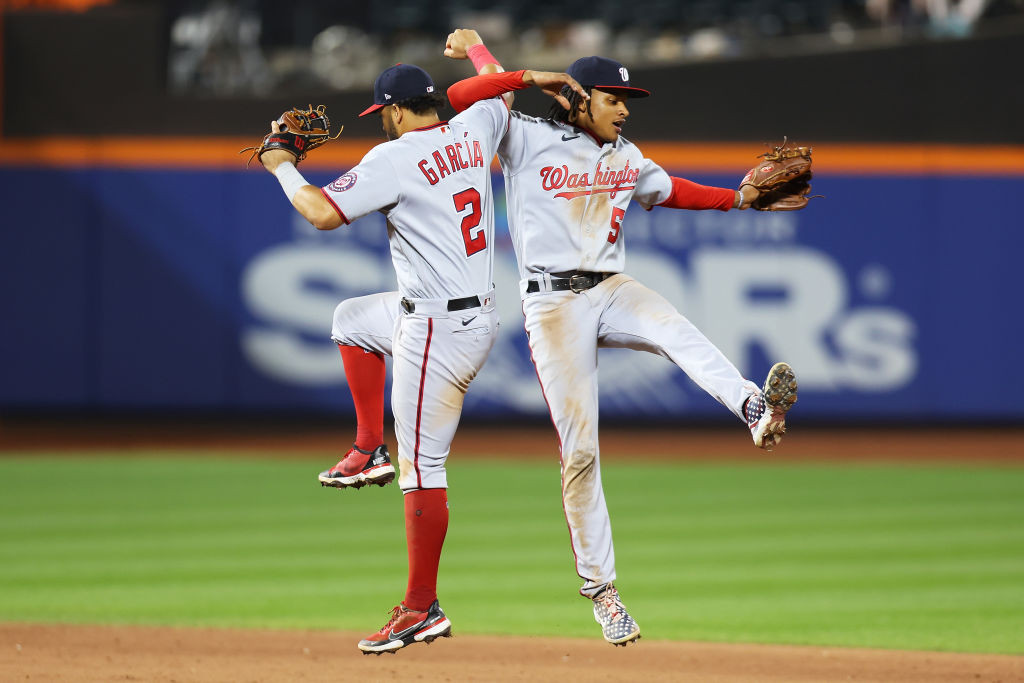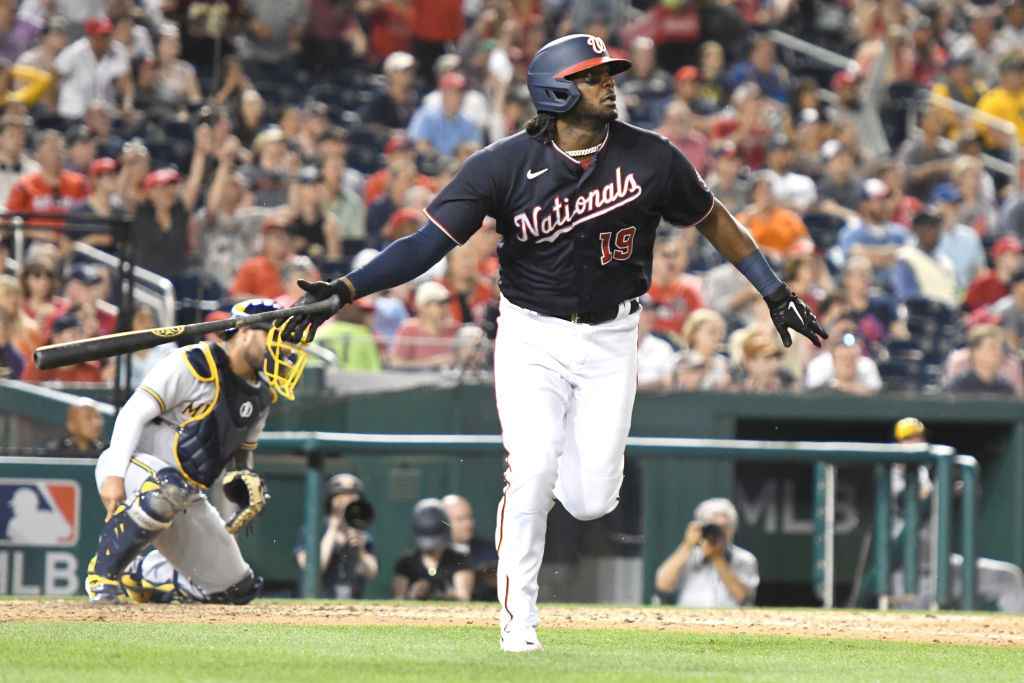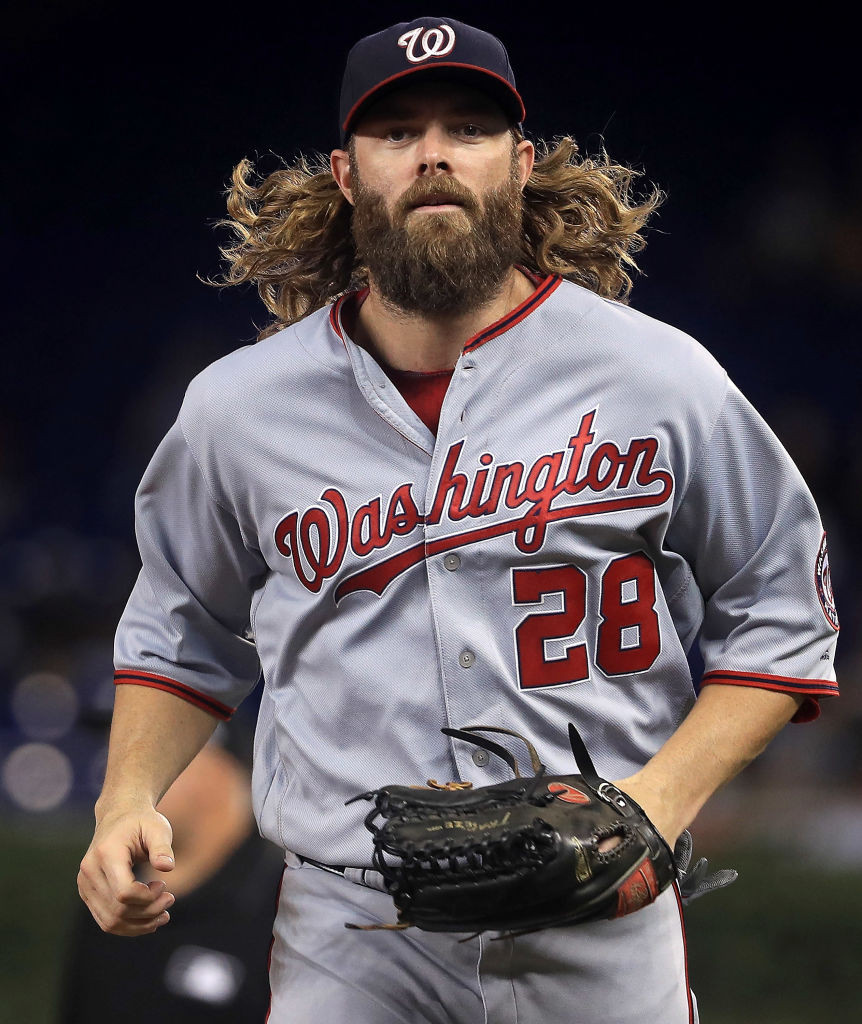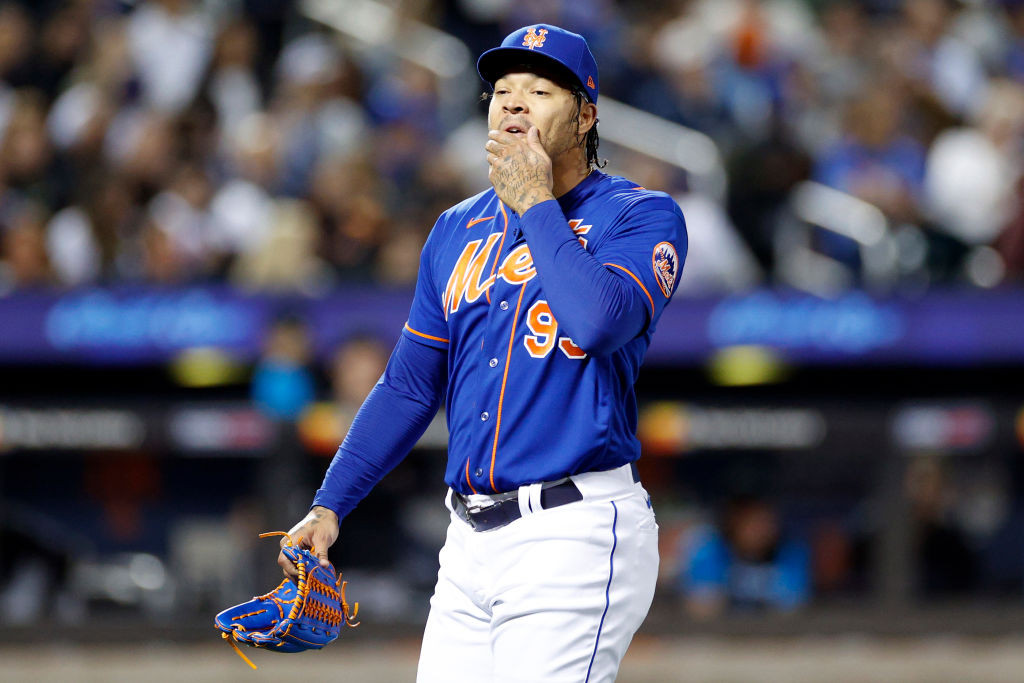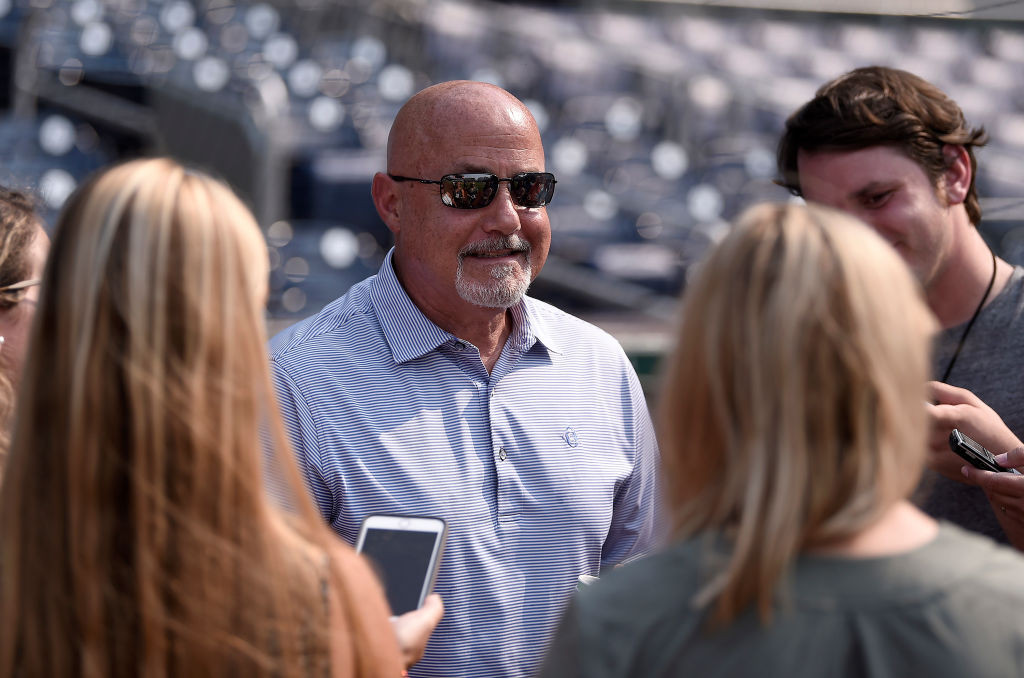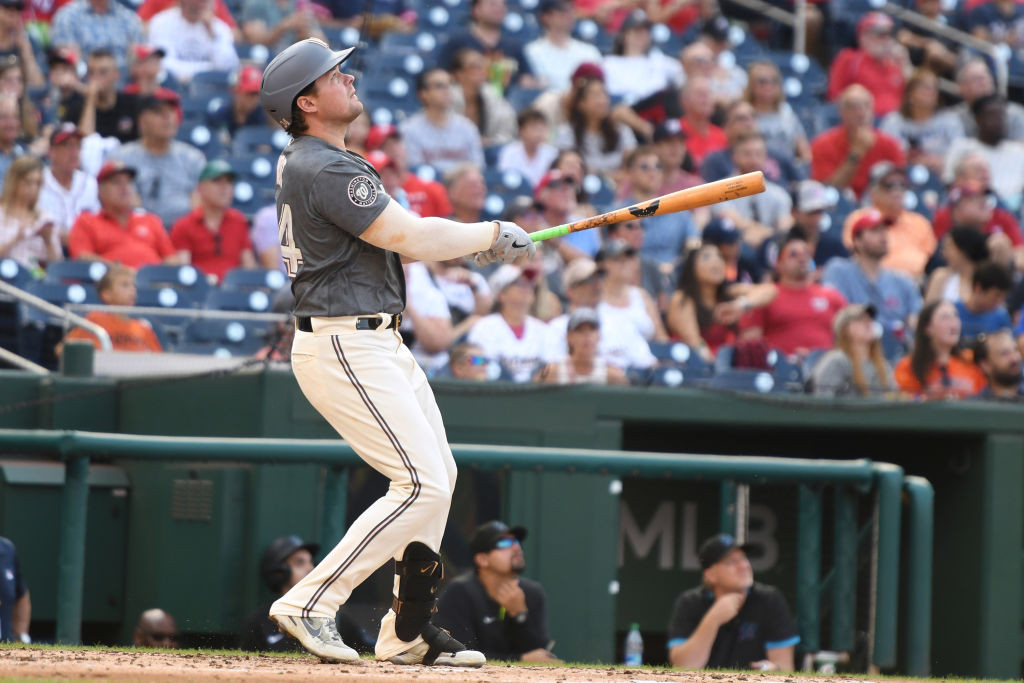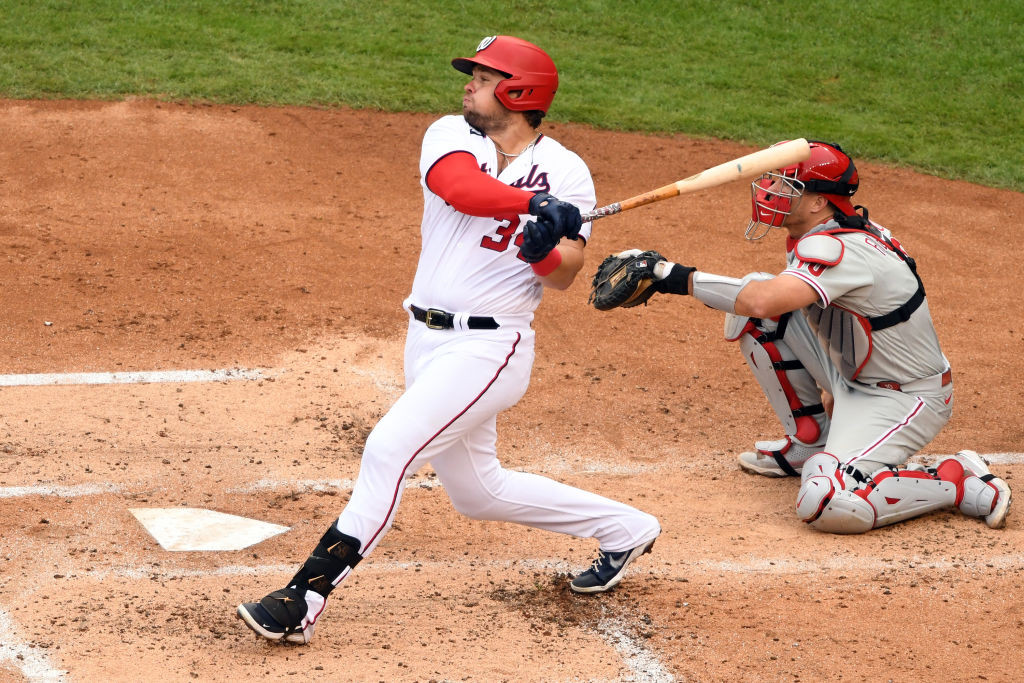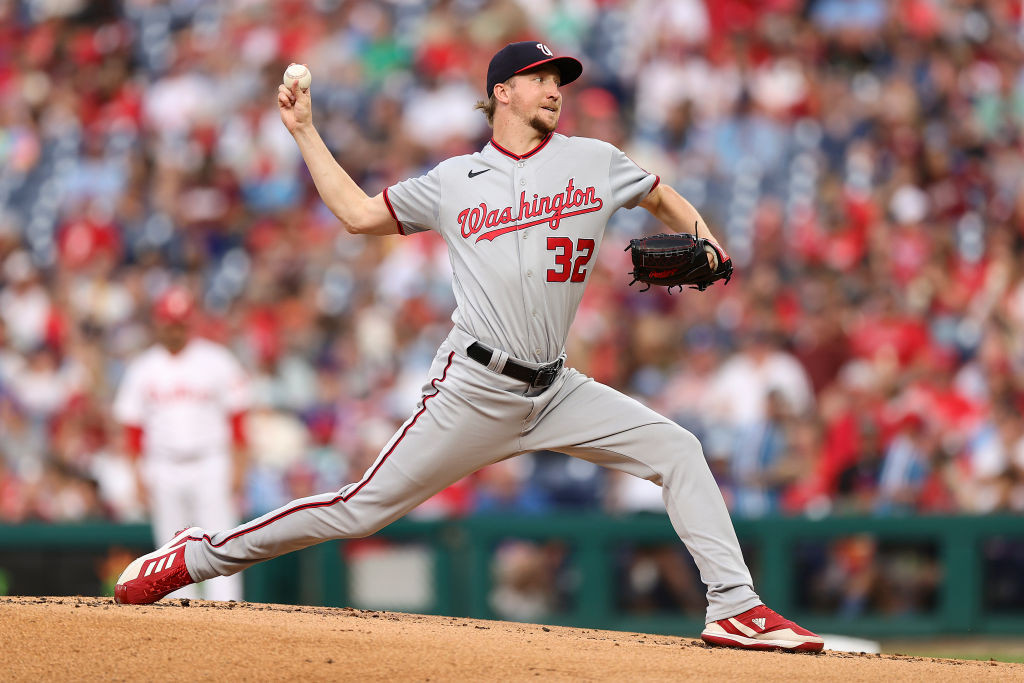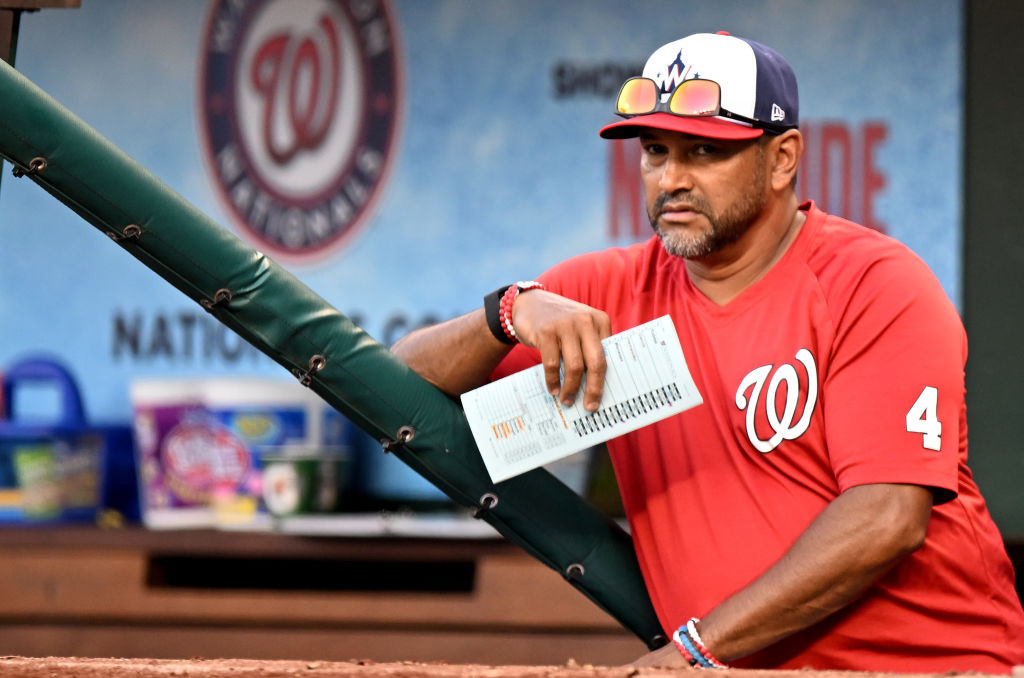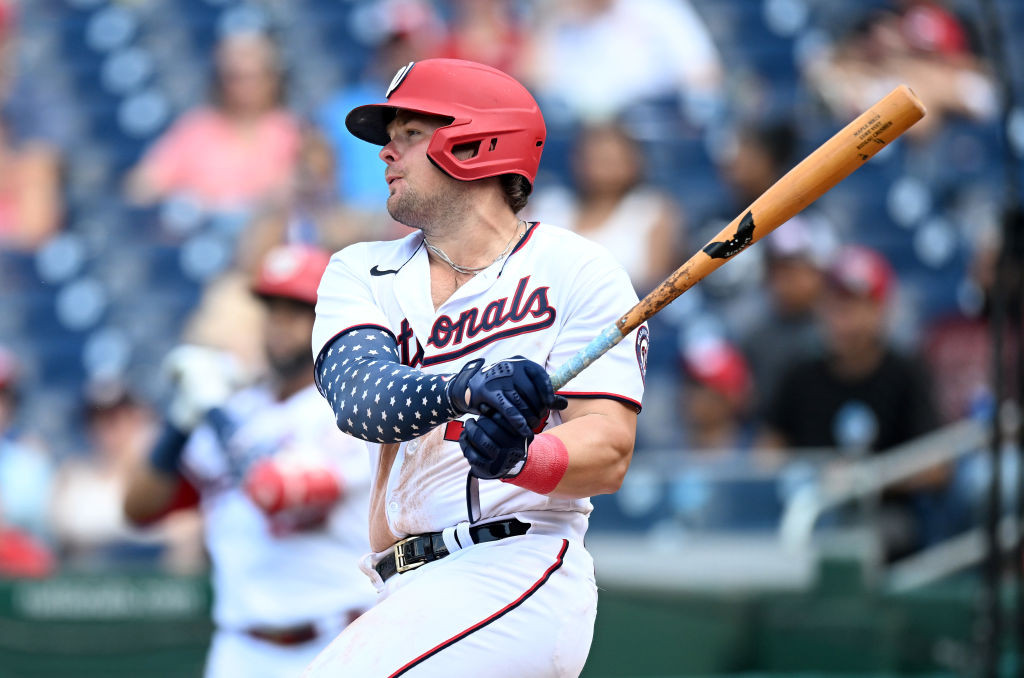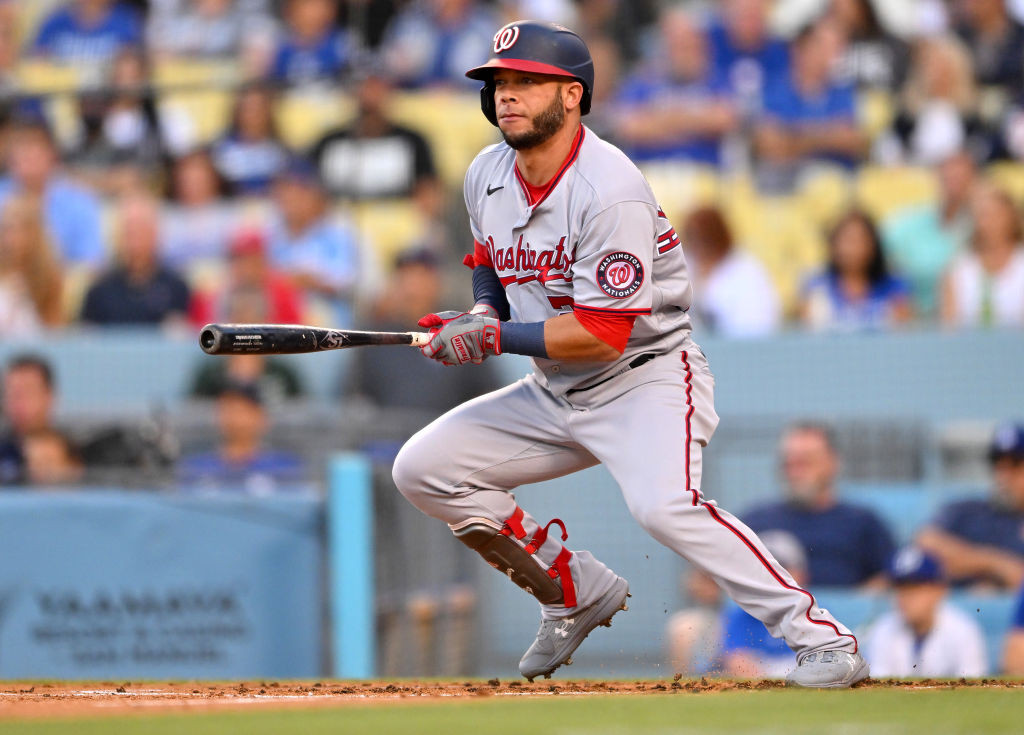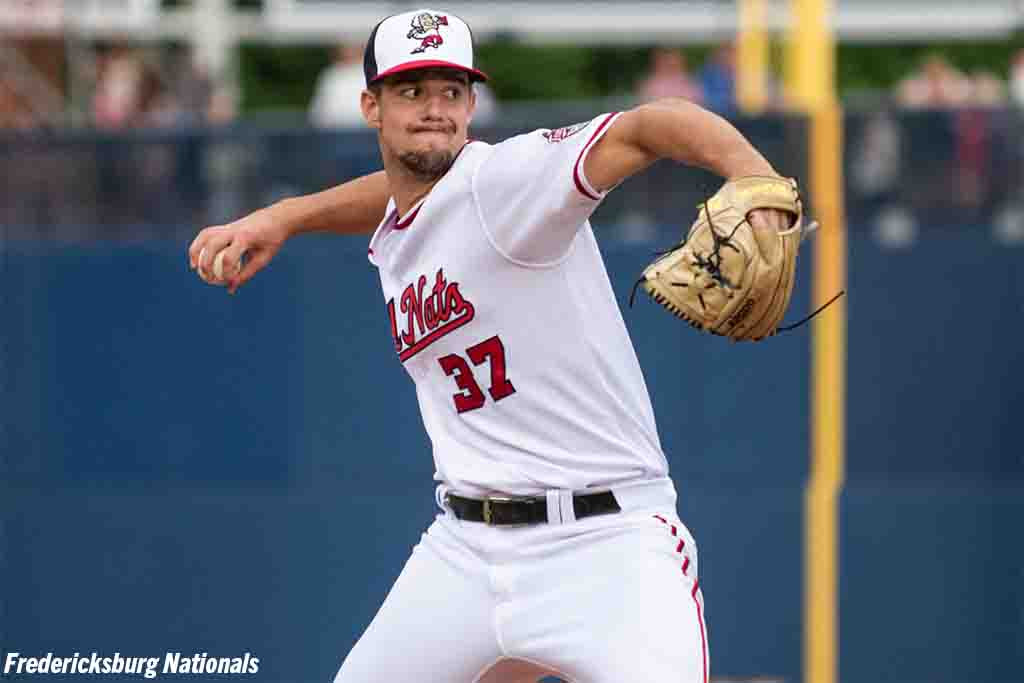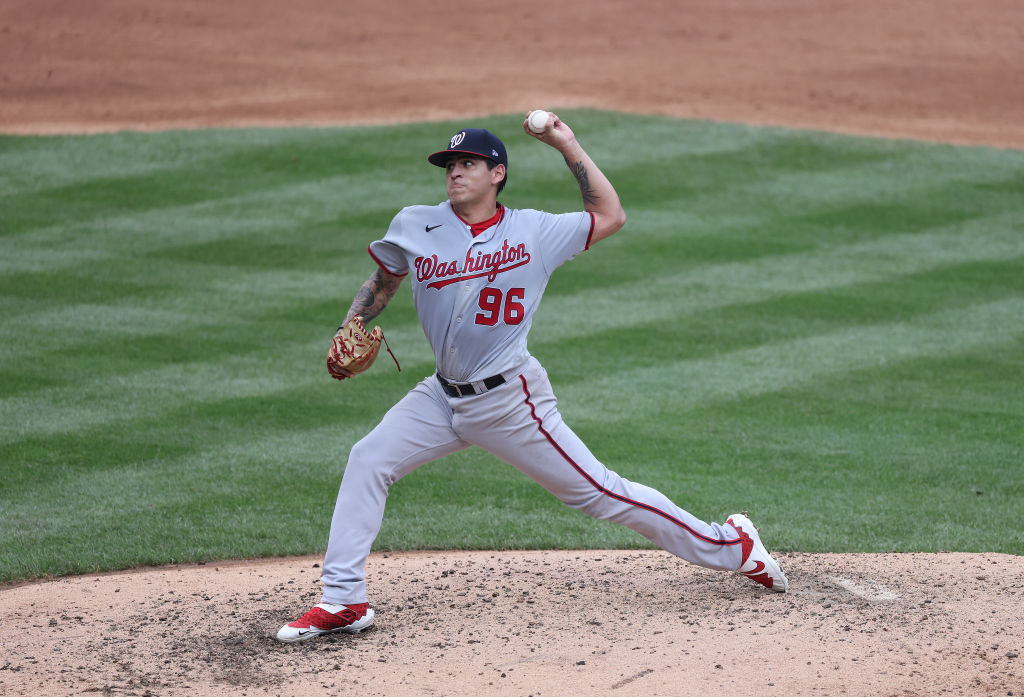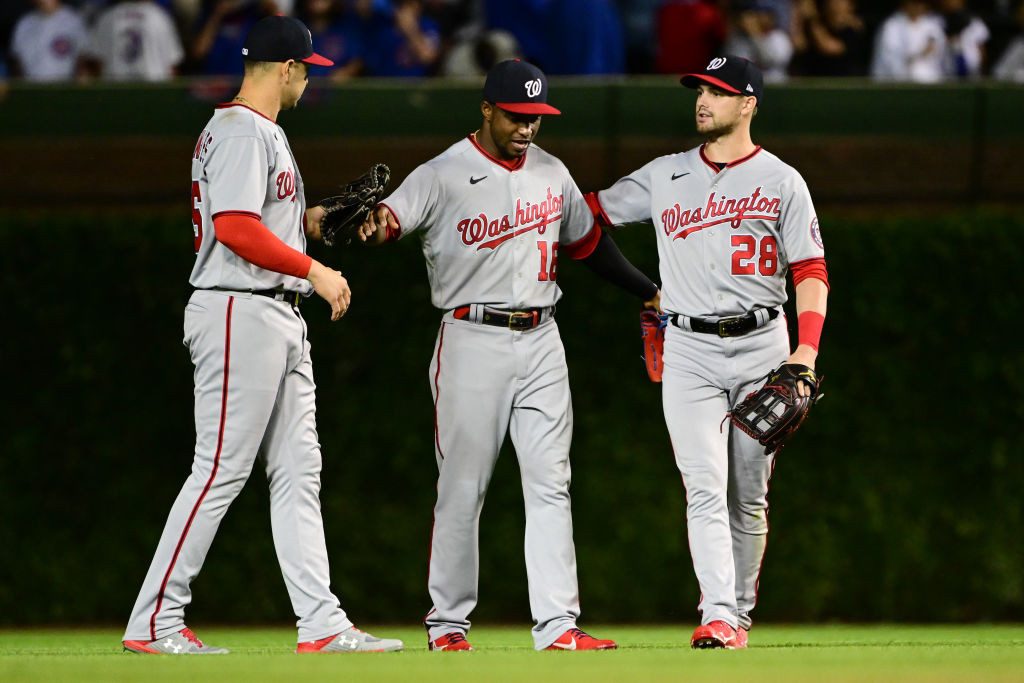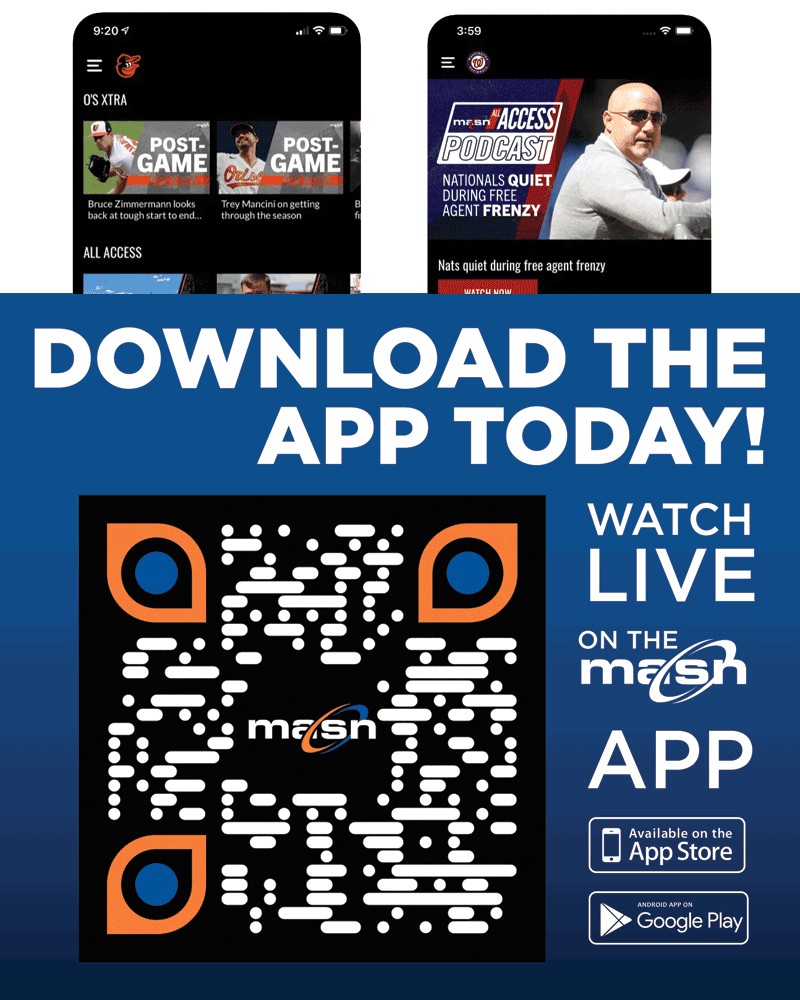The Hot Stove is finally starting to percolate a bit. The Nationals have made their first two major league acquisitions of the offseason (corner infielder Jeimer Candelario, outfielder Stone Garrett). The Winter Meetings begin Sunday in San Diego, with the brand-new MLB Draft Lottery and the traditional Rule 5 Draft of particular importance this year.
We've even got a brand-new offseason show set to debut on MASN: Watch "The Hot Stove Show" Fridays at 9:30 p.m., co-hosted by Brendan Mortensen and yours truly. We'll have news, analysis and interviews with club personnel and players every week.
This morning, though, we've got another version of the Q&A. Hopefully, there's no shortage of topics you're interested in, so please submit your questions in the comments section below, then check back throughout the morning for my replies ...




